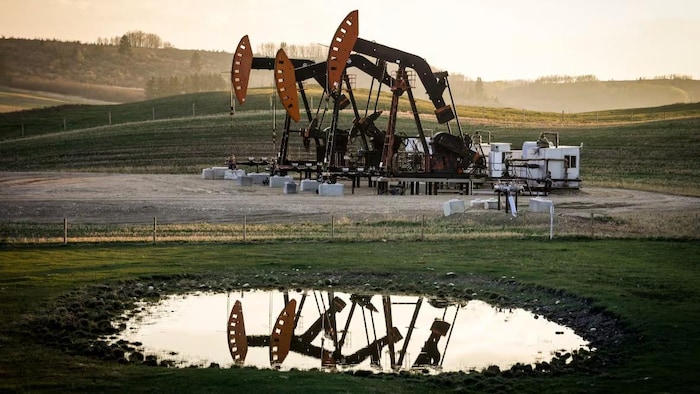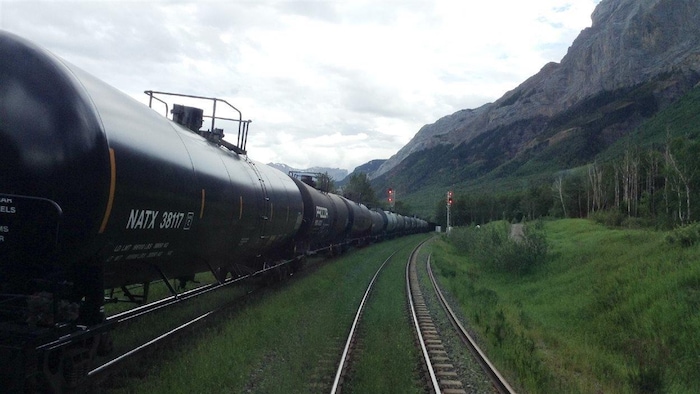Canadian Bituminous sand production is preparing to take a new course this year, with a planned increase of 500,000 barrels per day by 2030, despite the uncertainties shaking the world oil market, according to the most recent estimates of S&P Global Commodity Insights.
According to these projections, oil production would reach 3.5 million barrels per day this year and exceed 3.9 million by 2030.
This is the fourth consecutive increase in the long -term perspectives in the sector. This growth is not explained by the construction of new megaprojets, but by optimizing existing infrastructure.
Massive construction projects are now part of the past.
Today, the progression is based on targeted adjustments: suppression of bottlenecks, reduction of operating interruptions and increased flows.
The accelerated trajectory of production, even in an unstable price context, shows how the producers are focusing on optimization and benefit from favorable economic conditions.
Assured profitability
The geopolitical context remains tense, and crude lessons change accordingly.
After having briefly exceeded US $ 70 per barrel at the start of the Israeli-Iranian conflict, the price came down under $ 65 following the announcement of a cease-fire. A relative drop, but which does not call into question the profitability of the sector.
According to S&P, bituminous sand producers are well positioned to deal with this volatility. The average profitability threshold is estimated at US $ 27 per barrel, well, below the levels of 10 years ago.
Even in a more difficult market, these adjustments allow efficiency gains
observes Celina Hwang, Director of crude oil markets at S&P. This strengthens the capacity of the sector to go through periods of turbulence.

Pumps extract oil and gas from a well head near Calgary in May 2024.
Photo: the Canadian press / Jeff McIntosh
The export challenge
If the prospects remain favorable until 2030, growth could slow down. Production is called upon to cap around 3.7 million barrels per day around 2035, a level all the same higher than previous forecasts.
But this progression could come up against a size limit: export capacities.
The extension of the Trans Mountain pipeline, put into service last year to the Vancouver region, made it possible to open new outlets. However, it remains the only effective route to access markets other than the United States. No additional infrastructure project is currently being studied, which restricts the medium -term options.
The constraints on exports and a possible drop in prices in 2025 could slow down this growth
warns Celina Hwang, Director of crude oil markets at S&P Global Commodity Insights.
But the sector has already proven its resilience in the face of significant fluctuations.

Wagons carrying oil cross the rocks.
Photo : Radio-Canada / Philippe Moulier
A limited impact on the Canadian economy
Despite the recent increase in oil prices, the global effect on the Canadian economy should remain moderate. In a report published on Tuesday, the Royal Bank of Canada judges this neutral impact on gross domestic product.
The income generated by the petroleum sector, which represents around 7 % of the economy, mainly benefit producing provinces.
The positive repercussions are concentrated in the producing provinces, while the increase in the cost of living affects all households.
According to them, if the price of a barrel reached US $ 75 and maintained until the end of the year, inflation would climb 0.4 % by the end of 2025. A variation deemed normal.
The price increases related to geopolitical instability are too temporary to relaunch the major projects that have marked the previous decades
conclude Nathan Janzen and Claire Fan.

